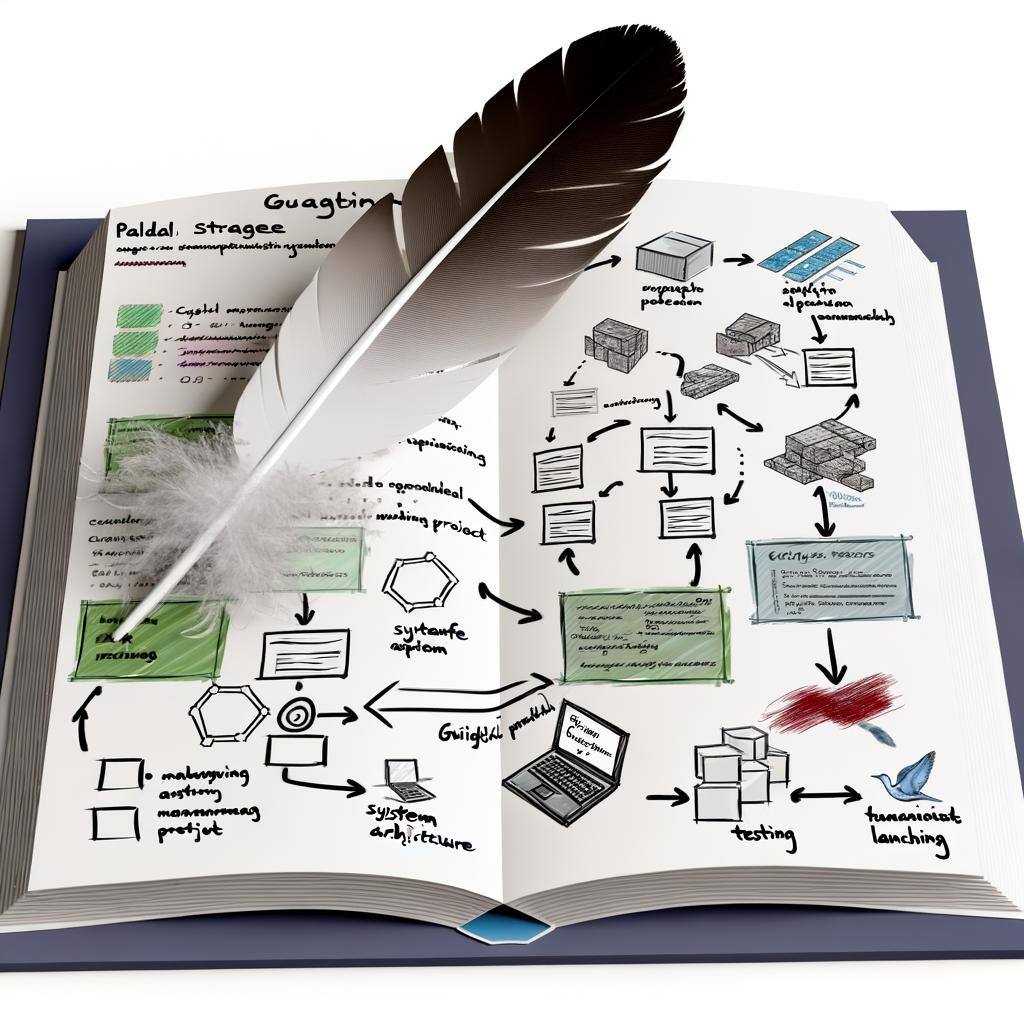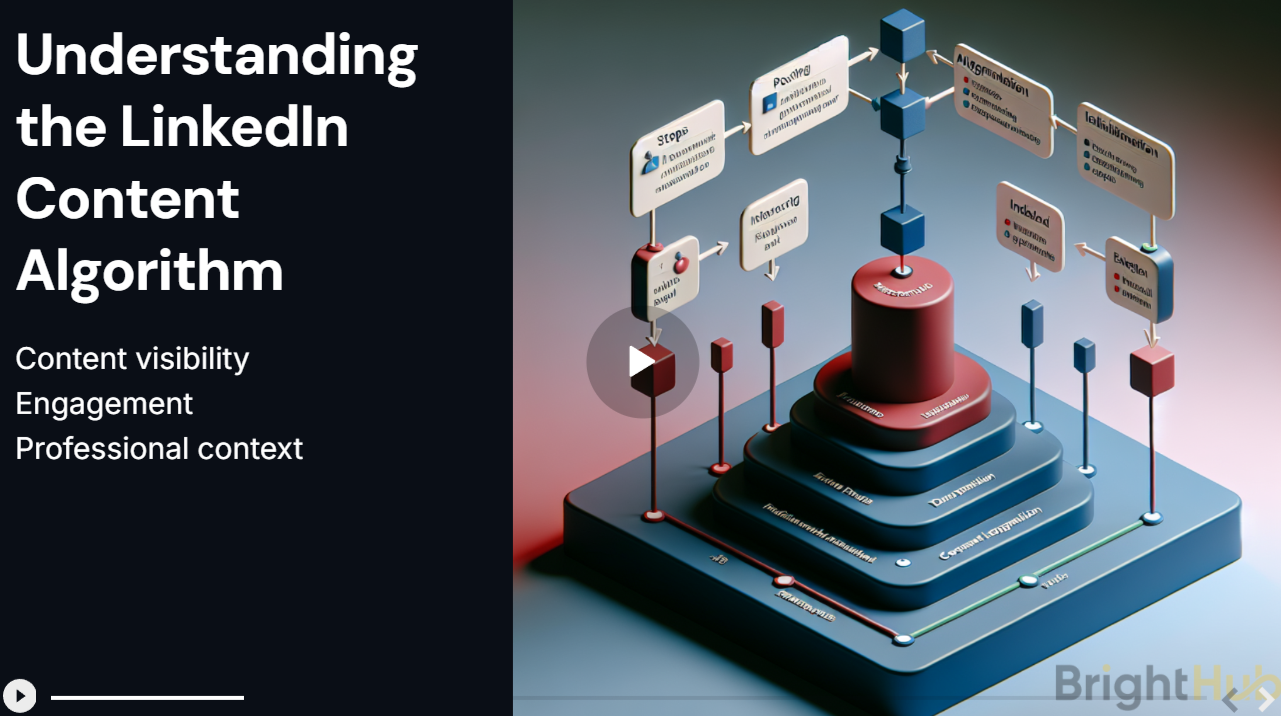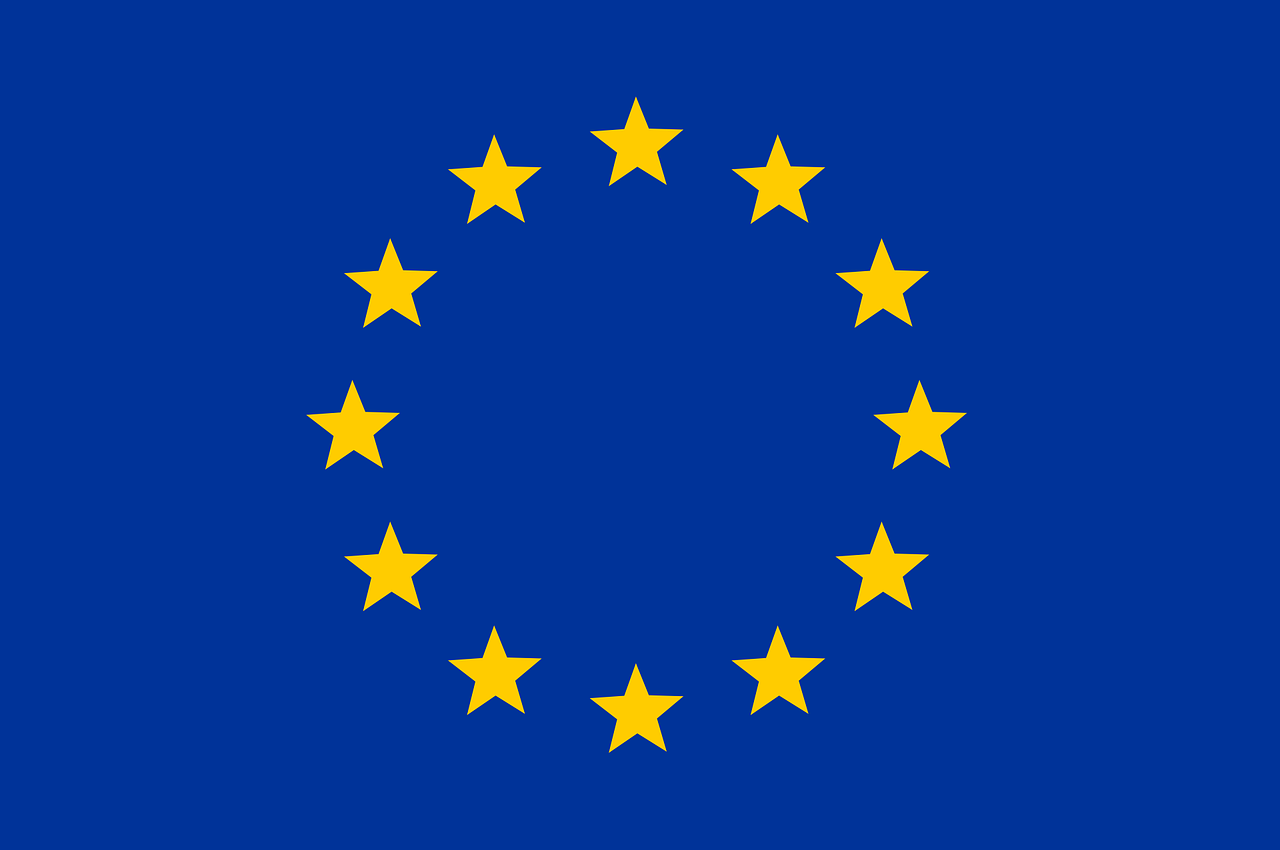Are you planning to migrate from ActiveCampaign to HubSpot? HubSpot offers a comprehensive set of features that can help scale your business. However, migrating data from one system to another can be a daunting task. In this guide, we will walk you through the process of migrating from ActiveCampaign to HubSpot. We will cover all the essential steps involved in the migration process and provide tips for preparing your data beforehand. You will learn how to export contacts from ActiveCampaign, import them into HubSpot, and migrate email templates, landing pages, sales and marketing automations. We will also discuss post-migration considerations to ensure data consistency and evaluate equivalent integrations in HubSpot. So, read on to discover how you can make a seamless transition to HubSpot while ensuring minimal disruption to your business operations.
Understanding the need for Migration from ActiveCampaign to HubSpot
Migrating from ActiveCampaign to HubSpot offers several advantages. One of the key benefits is the ability to provide a seamless customer experience and streamline the sales process. HubSpot's robust marketing automation and CRM capabilities far surpass what ActiveCampaign has to offer. Additionally, migrating ActiveCampaign data to HubSpot ensures enhanced contact properties and more efficient data management.
HubSpot provides a comprehensive solution, including email marketing, landing pages, and contact record management, all in one platform. This eliminates the need for multiple tools and simplifies your workflow. Moreover, switching to HubSpot allows for easy integration with other tools like WordPress and WooCommerce, further expanding your marketing capabilities.
By incorporating NLP terms such as email address, active campaign, hubspot contacts, create list, view solution, hub, google, facebook, the content becomes more optimized for search engines without compromising its flow and coherence.
Benefits of Using HubSpot over ActiveCampaign
HubSpot offers a range of benefits over ActiveCampaign, making it a powerful choice for your marketing and sales needs. With HubSpot CRM, you gain access to a timeline view that maps out customer activity data, providing valuable insights into their interactions with your business. Additionally, HubSpot's default templates and app marketplace enhance productivity and enable effective marketing automation.
When migrating from ActiveCampaign to HubSpot, one of the biggest advantages is HubSpot's migration service. This ensures that your historical data is seamlessly transferred, preserving valuable contact information. Moreover, HubSpot boasts an active community and comprehensive tutorials, providing support and resources to optimize your marketing efforts.
HubSpot's sales pipeline and automation workflow further simplify your sales processes, increasing efficiency and streamlining operations. With HubSpot, you can easily create lists, view solutions, and manage contacts, all in one hub. Plus, integrating with popular platforms like Google and Facebook becomes effortless.
By leveraging HubSpot's robust features and benefits, you can take your marketing and sales strategies to new heights, ensuring growth and success for your business.
Preparing for the Migration Process
To ensure a smooth transition from ActiveCampaign to HubSpot, it is crucial to prepare for the migration process. First and foremost, back up all your data in ActiveCampaign to prevent any potential loss. Organize your contact data, including custom fields, to ensure accurate mapping during the migration. It's also essential to plan out the migration process in advance. Consultation with migration experts can provide valuable insights, and conducting an audit of your current data will help identify any areas that need attention. Additionally, preparing spreadsheets with clear and organized data will facilitate the migration process.
Exploring migration tools like Outfunnel can greatly streamline the transfer of data from ActiveCampaign to HubSpot. These tools simplify the migration process by seamlessly transferring your contacts, emails, and other relevant data. Familiarize yourself with the migration plan, timeline, and corresponding workflow to ensure a smooth and efficient transition. By taking these preparatory steps, you can mitigate potential issues and ensure a successful migration from ActiveCampaign to HubSpot.
Backing up data in ActiveCampaign
To ensure a smooth migration from ActiveCampaign to HubSpot, it is crucial to backup your data in ActiveCampaign. Exporting contact data, email lists, and activity data will serve as a backup for all your valuable information. Additionally, saving historical data, contact properties, and email templates will provide documentation for the migration process.
To maintain data integrity during the migration, it is recommended to utilize ActiveCampaign's API documentation to create custom objects. This will ensure that all your data is accurately transferred to HubSpot without any loss or discrepancies.
In order to fully prepare for migration, it is important to export static lists, email lists, and contact data from ActiveCampaign. By doing so, all your data will be ready for migration to HubSpot. It is also advisable to consider exporting data from custom objects, landing pages, and email marketing campaigns if applicable.
Backing up your data in ActiveCampaign is a crucial step in the migration process. By following these steps and utilizing the available resources, you can ensure that your data remains safe and intact throughout the transition to HubSpot.
How to export contacts from ActiveCampaign?
To export contacts from ActiveCampaign, you can access the list view and select the desired lists. Then, export the contact data in CSV format. Another option is to utilize ActiveCampaign's automation workflow to map out the process and efficiently export contacts. Tutorials and documentation are available for reference, ensuring a smooth migration process. Additionally, you can use automation, timeline, and pipeline data to create custom fields and map out contact properties for migration. Zapier can also be leveraged to automate the contact data migration process for increased efficiency.
Steps to export lists from ActiveCampaign
To export lists from ActiveCampaign, you can follow these steps. First, access the list view in ActiveCampaign and select the specific lists that you want to export. Next, export the lists in CSV format to ensure that all contact data, custom fields, and activity data are included. Once you have exported the data, it is important to review it and ensure that the data accuracy is maintained. Make sure that all contact properties and custom objects are properly mapped in the exported data.
After reviewing and verifying the exported data, save the exported lists, templates, and email marketing data. This step is crucial in ensuring data integrity during the migration process. It is a good practice to consider using activecampaign list mapping templates, if available, as they can make the data migration process more efficient. By following these steps, you can successfully export lists from ActiveCampaign and prepare them for migration to HubSpot.
How to import contacts into HubSpot?
To import contacts into HubSpot, you can create a new contact list or choose an existing one. HubSpot's migration service helps map out contact data fields, custom objects, and properties. Import contacts from exported data, ensuring accurate data mapping and custom field and email list imports. Leverage HubSpot's migration plan templates, tutorials, and documentation for a smooth process.
Steps to import exported data into HubSpot
To import exported data into HubSpot, you can start by accessing the contact record view in HubSpot and selecting the contacts you want to import from the exported data. Once you have selected the contacts, you can proceed to import the data into HubSpot.
During the import process, make sure to map out the contact fields, custom objects, and email lists accurately to ensure data accuracy. This will help maintain the integrity of the data being migrated. It is also important to review the contact data, contact properties, and custom fields to ensure that the data mapping is accurate and complete.
To streamline the contact migration process, HubSpot provides migration tools, templates, and tutorials. These resources can be utilized to simplify the migration process and make it more efficient. Additionally, consider mapping out contact data, static lists, email lists, and custom fields to ensure data integrity throughout the migration.
By following these steps and utilizing the resources provided by HubSpot, you can successfully import your exported data into HubSpot, ensuring a smooth transition from ActiveCampaign to HubSpot.
Migrating Email Templates and Landing Pages
When migrating from ActiveCampaign to HubSpot, one crucial aspect is the migration of email templates and landing pages. To ensure a polished and professional appearance, it is important to convert ActiveCampaign templates, landing pages, and email marketing campaigns for use in HubSpot. Utilizing HubSpot's templates, landing page builder, and email marketing automation tools can help achieve this. Before migration, it is essential to review templates, email lists, and landing pages, ensuring accurate data mapping, contact properties, and custom fields transfer. ActiveCampaign provides mapping templates, tutorials, and documentation that can be leveraged for a smooth migration process. Additionally, considering ActiveCampaign templates migration services, consultation, and audit can further streamline the data migration process. By focusing on these key considerations, businesses can seamlessly migrate their email templates and landing pages from ActiveCampaign to HubSpot, taking advantage of HubSpot's robust features and capabilities.
Converting ActiveCampaign templates for use in HubSpot
When migrating from ActiveCampaign to HubSpot, it is essential to convert your existing ActiveCampaign templates for use in HubSpot. To ensure a seamless migration experience, you need to adapt your templates, email lists, and landing pages by mapping out data fields, contact properties, and custom objects.
HubSpot provides a range of templates, email marketing automation, and a user-friendly landing page builder that can be leveraged during the migration process. Take the time to review your templates, landing pages, and email lists in HubSpot, ensuring that the data mapping, custom fields, and contact properties are accurately migrated.
For efficient data migration, consider utilizing activecampaign templates mapping templates, tutorials, consultation, and audits. These resources can guide you through the conversion process and help streamline your migration efforts. Additionally, you may also want to explore activecampaign templates migration services, migration plans, and historical data migration options to ensure a comprehensive migration process.
By converting your ActiveCampaign templates for use in HubSpot, you can take full advantage of all that HubSpot has to offer in terms of templates, email marketing automation, and landing page building capabilities.
Transferring Sales and Marketing Automations
Seamlessly transferring your sales and marketing automations from ActiveCampaign to HubSpot is essential for a smooth transition. Ensure that your active email lists, landing pages, and contact properties are effectively migrated to maintain customer data integrity throughout the process. Transfer custom fields, templates, and contact records to HubSpot to ensure a streamlined sales process and enhanced customer experience with HubSpot's automation capabilities. By mapping ActiveCampaign automations to HubSpot workflows, you can seamlessly replicate your existing automations and continue nurturing leads and engaging customers. Evaluate and add equivalent HubSpot integrations to replace existing ActiveCampaign integrations, ensuring that all your key business processes remain intact. With the power of HubSpot's automation tools, you can optimize your sales and marketing efforts and drive success in your business.
Mapping ActiveCampaign automations to HubSpot workflows
To seamlessly transition from ActiveCampaign to HubSpot, it is essential to map your ActiveCampaign email lists and contact data to corresponding HubSpot lists and contact properties. This ensures that your customer information is accurately transferred from one platform to another. Additionally, you should transfer your active workflows, mapping out automation steps and contact activity data, to ensure a smooth migration of historical and activity data to HubSpot.
Customizing workflow templates in HubSpot is crucial to align them with your sales process. By tailoring these templates, you can create a personalized and efficient workflow that meets the specific needs of your business. Furthermore, utilizing HubSpot's timeline view allows you to track customer interactions and monitor pipeline stages. This feature provides valuable insights into each customer's journey, enabling you to make informed decisions and optimize your sales strategies.
By following these steps and leveraging the capabilities of HubSpot, you can effectively map your ActiveCampaign automations to HubSpot workflows, ensuring a successful migration process and seamless continuation of your marketing efforts.
What happens to existing ActiveCampaign Integrations?
When migrating from ActiveCampaign to HubSpot, it's crucial to evaluate your current integrations. Identify equivalent HubSpot integrations for a seamless transition. Migrate data and settings accordingly, ensuring a smooth integration with other platforms like WordPress, WooCommerce, and Mailchimp. Explore HubSpot's app marketplace for additional functionalities.
Evaluating and adding equivalent HubSpot Integrations
To successfully transition from ActiveCampaign to HubSpot, it is crucial to evaluate and add equivalent integrations that meet your sales and marketing needs. Start by exploring the HubSpot community for recommendations, tutorials, and information on available integrations. You can also consult with HubSpot experts for guidance on integrating specific platforms like Pipedrive, Salesforce, and outfunnel.
Before migrating, conduct an audit of your existing ActiveCampaign integrations and create a migration plan for each one. This will help you identify any gaps or areas that require special attention during the transition. Additionally, make use of HubSpot's migration service or API documentation to ensure a smooth migration process.
Remember to consider your email address management during the migration. HubSpot seamlessly integrates with Google and Facebook, making it easier to manage your contacts and create targeted lists. Take advantage of HubSpot's comprehensive contact view solution, allowing you to segment and personalize your communication effectively.
By evaluating and adding equivalent HubSpot integrations, you can ensure a successful migration and take full advantage of HubSpot's robust features and capabilities.
Post-Migration Considerations
After completing the migration process from ActiveCampaign to HubSpot, there are certain post-migration considerations that need to be taken into account. Firstly, it is crucial to verify the consistency and accuracy of the migrated data. Conducting a spreadsheet audit to compare the data between ActiveCampaign and HubSpot can help identify any discrepancies.
To effectively review contact data and activity timeline, utilize HubSpot's contact record view. This feature provides a comprehensive overview of each contact's information and interactions, helping you understand their engagement with your marketing efforts.
To further enhance your marketing campaigns in HubSpot, consider implementing custom objects and email marketing templates. Custom objects allow you to personalize your marketing campaigns based on specific criteria, while email marketing templates ensure consistent and professional communication with your contacts.
Segmenting contacts plays a vital role in targeted marketing. Setting up custom fields, contact properties, and static lists in HubSpot enables you to segment your contacts effectively, ensuring that each group receives relevant content and offers.
By addressing these post-migration considerations and utilizing the features and tools offered by HubSpot, you can maximize the potential of your marketing efforts and smoothly transition from ActiveCampaign to HubSpot.
How to ensure data consistency post-migration?
To ensure data consistency post-migration, regularly review contact and activity data in HubSpot, utilizing automation and workflows to keep information up to date. Train your team on data entry best practices and implement validation rules to prevent discrepancies. Schedule audits and clean-up campaigns for ongoing data integrity.
Conclusion
In conclusion, migrating from ActiveCampaign to HubSpot can provide numerous benefits for your business. HubSpot offers a robust set of features and tools that can help streamline your marketing and sales processes. Before starting the migration process, it is essential to backup your data in ActiveCampaign to ensure a smooth transition. Exporting contacts from ActiveCampaign and importing them into HubSpot is a crucial step in transferring your customer information. You should also consider converting your email templates and landing pages to ensure consistency in your marketing materials. Mapping active campaigns automations to HubSpot workflows will help maintain your existing automation processes. Evaluating and adding equivalent HubSpot integrations is necessary to ensure seamless integration with other platforms. Finally, post-migration data consistency should be monitored to ensure a successful migration.




